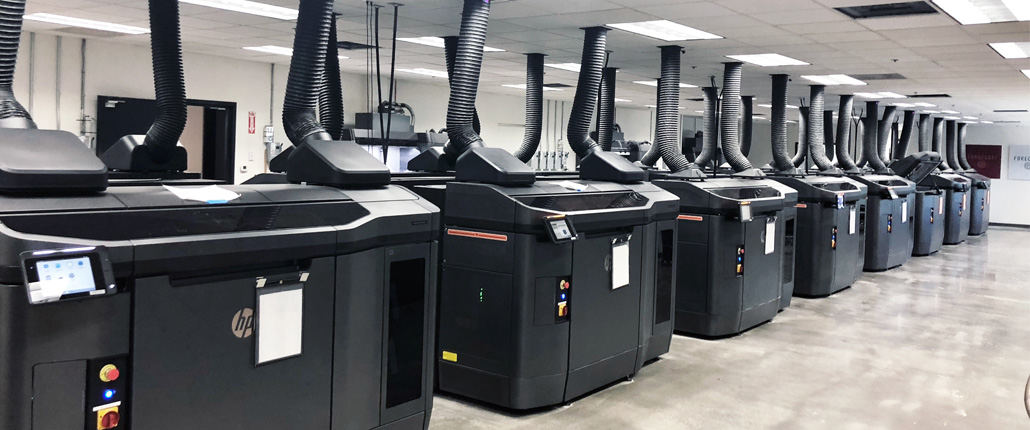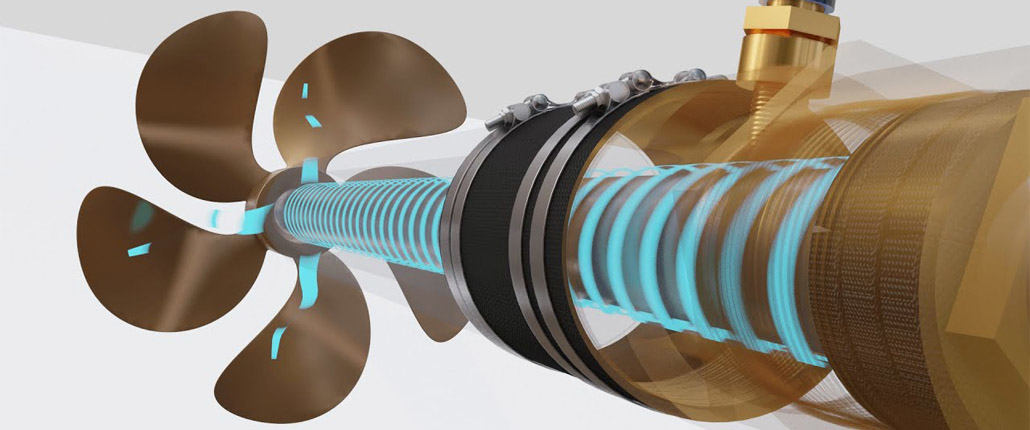
The Basic Guide to a Linear Shaft
In linear and sliding motion mechanisms, a linear shaft rod plays a crucial role. Without a linear shaft, we wouldn’t complete a sliding mechanism with

In linear and sliding motion mechanisms, a linear shaft rod plays a crucial role. Without a linear shaft, we wouldn’t complete a sliding mechanism with

Rapid automotive prototyping is the key that drives automobile innovation and advancement. With the help of this automotive prototyping, we can go through an entire

As the world is moving into its most technological era, innovation has emerged in every sector, so is the case with printing technologies. Now, with

For a combustion engine to operate smoothly, the camshaft is one of the critical components. The camshaft and the crankshaft have to work synchronized to

A screw shaft is one of those challenging parts to machine due to the need for high-precision threads or ridges. We typically use high-precision CNC

The tapered shaft or shaft tapers can be used in so many coupling situations. They get smaller as they are being drilled into the hosel.

A drill rod is a common term in the machinery and manufacturing industries. You can use drill rods to manufacture various tools such as cutters,

Acrylic is a clear glass-like plastic with high strength, stiffness, and transparency. It is also known as “polymethyl methacrylate (PMMA)” and “plexiglass”. Acrylic is widely

Have you ever asked yourself – how big is the aerospace parts manufacturing market? According to a Grand View Research report, in 2019, its market

The marine propeller shaft is a kind of low-speed marine propulsion and steering system for ships. The marine propeller shaft is widely used on vessels
No matter your project is complicated or simple, no matter is metal or plastic, you will get an accurate quotation within 6 hours.
DEK is your one-stop partner for high-quality products, we make on-demand machining & manufacturing easy and fast, from prototyping to end-part production.
Solutions
Capabilities
Projects
Company